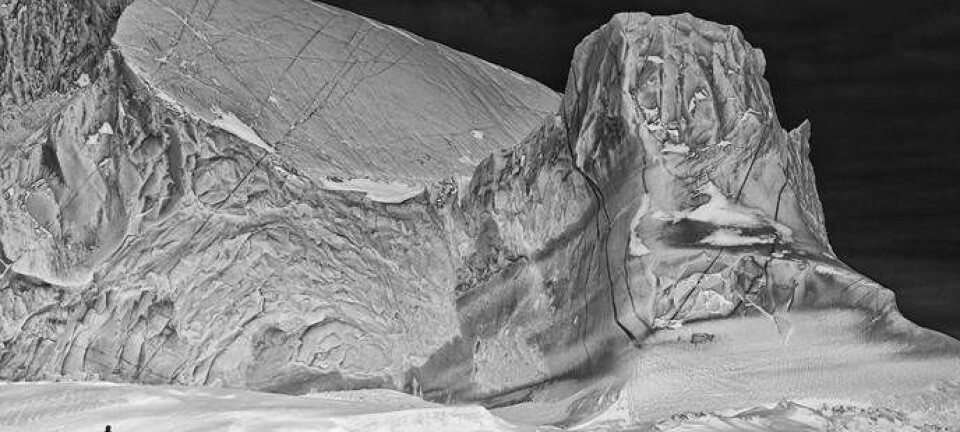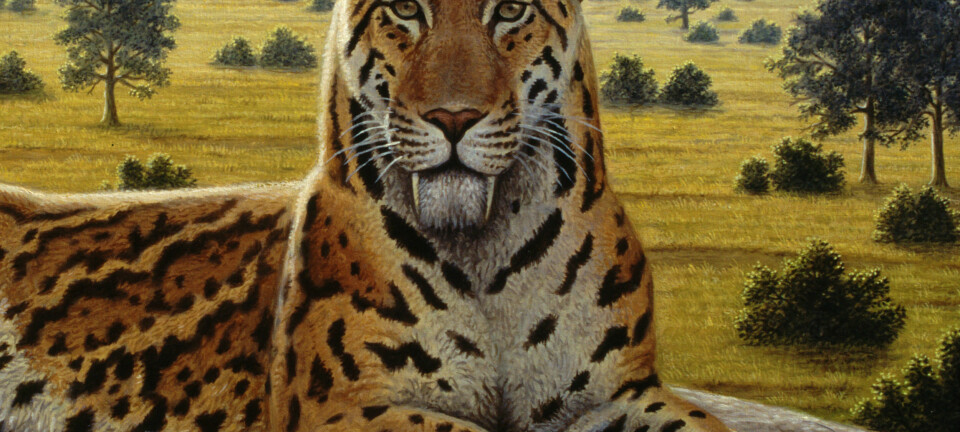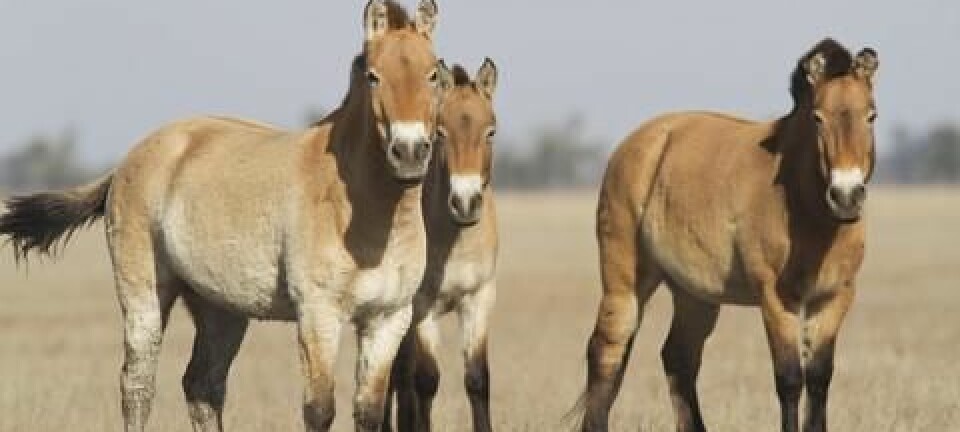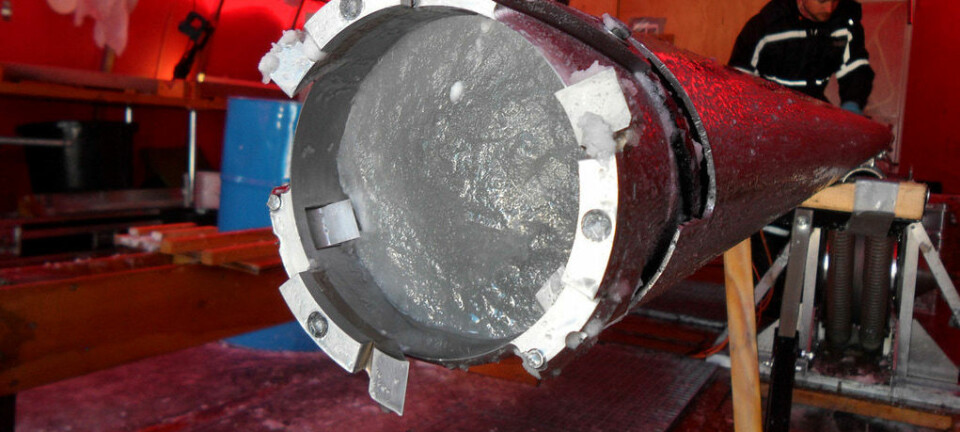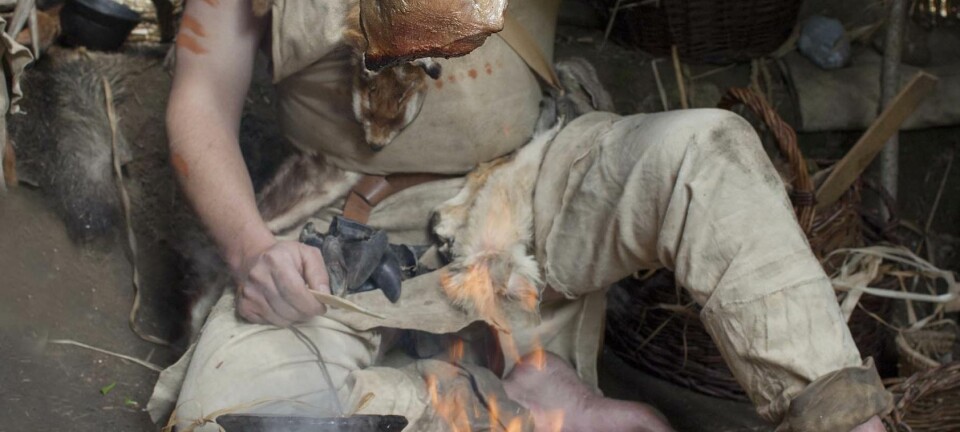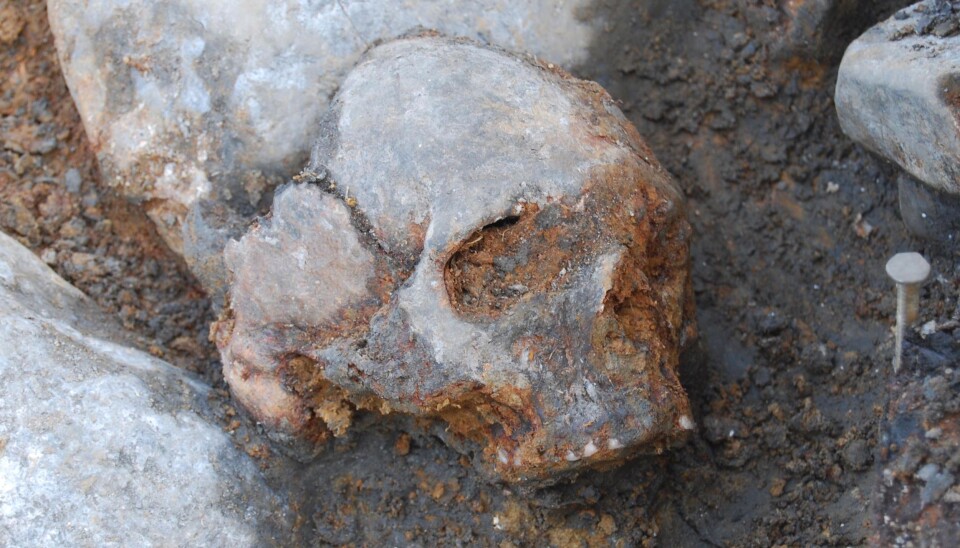
DNA study uncovers ancient ancestor of Europeans
A groundbreaking study of fossil genomes reveals that modern Europeans were shaped in a melting pot of immigrants.
Using molecules of genetic material from ancient archaeological human remains, an international team of scientists has drawn the clearest picture of the Europeans' origins ever.
The study shows that present-day Europeans are descendants of at least three different groups and that they have a far more complex prehistory than the traditional tale of our descending from Homo sapiens, who came, saw, and conquered some 40,000 years ago.
“We are all the outcome of immigration,” says one of the study's leading researchers, the geneticist Johannes Krause from the Eberhard Karls Universität Tübingen in Germany. “Europe has been a melting pot of the last 10,000 years.”
"This is a powerful, exciting and important study that introduces a new protagonist in the history of Europe," says Professor of evolutionary history, Peter C. Kjærgaard from Aarhus University, who did not take part in the study.
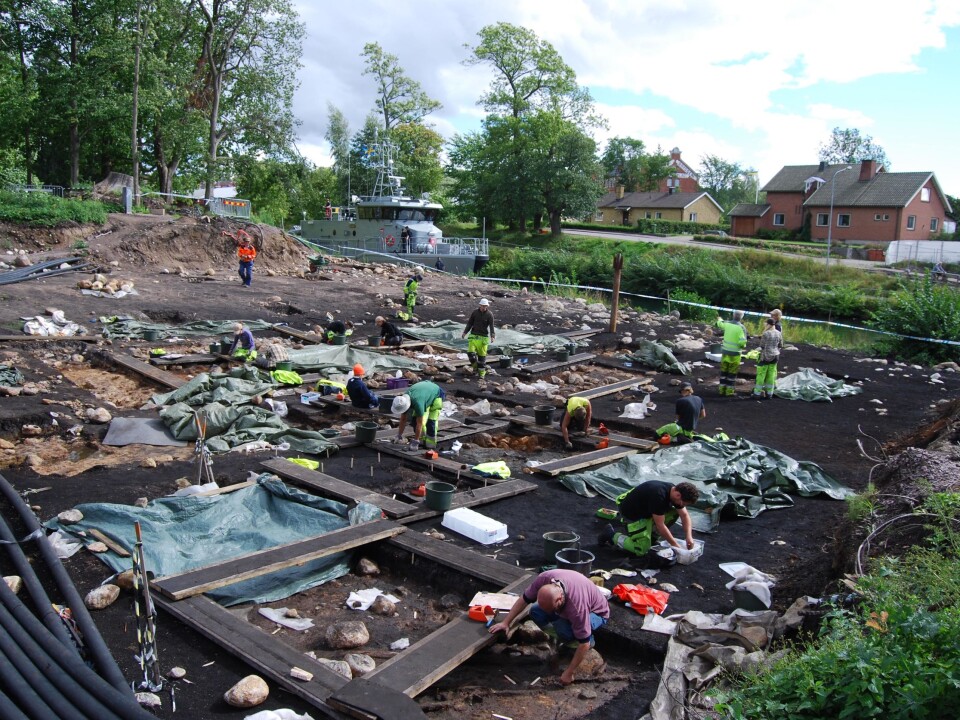
Professor Rasmus Nielsen of the University of Copenhagen and the University of California at Berkeley in the United States is also enthusiastic. He points out that even more genetic history could be brought to light in coming years.
"In my opinion it is quite probable that there was more constant cross-breeding between Europeans and individuals from various Asian populations over the last 30,000 years, particularly Siberian, Middle Eastern, and Caucasian," he says.
The study has just been published in Nature.
Farmers' and hunter-gatherers' genetic puzzle
In recent years, scientists have succeeded in finding new knowledge of our complex prehistory and how to extract DNA from fossil remains.
Fossil genetics has, among other things, revealed that farming was brought to Europe by immigrants from what is now Turkey and the Middle East – people who were, in genetic terms, distinctly different from the existing European hunter-gatherers.
The findings have raised new questions about the Europeans' origins and in order to investigate more closely, Krause and colleagues have now charted nine complete genomes of early Europeans: eight hunter-gatherers and one early farmer.
The farmer is a woman who lived near Stuttgart in Germany 7000 years ago. She was laid to rest in a burial ground with more than 200 individuals and pottery belonging to the Beaker culture, the first farmers in Europe.
In addition they found an 8000-year-old hunter-gatherer that lived just 200 km away in the Loschbour rock shelter in Luxembourg and seven contemporary hunter-gatherers from Motala in Sweden.
The researchers compared each of the genomes as well as with other mapped fossil genomes from Spain, Italy, and Siberia in order to describe the ancient relationships as broadly as possible. At the same time they mapped half a million genetic markers in genetic material of no fewer than 2,345 living individuals representing 203 populations distributed on the entire globe, in order to link the relationships to the present day.
Complex computer models then put all the pieces together to come up with a finished genome that matches present-day Europeans.
Somewhat simplified, the researchers conclude that the puzzle cannot be made simply by using the genetic pieces from the farmers and hunter-gatherers. They discovered that a third genetic component, which until now has been elusive, is crucial for the entire puzzle to fall into place.
New Central Asian population group
The genetic component was discovered last year when Professor Eske Willerslev, head of the Centre for Geogenetics at the University of Copenhagen, together with colleagues, mapped the genome of a boy who lived near Mal'ta in Siberia 24,000 years ago.
At that time they were surprised to find that the genome linked Native Americans and present-day Europeans. The findings solved several mysteries concerning the origins of Native Americans, but in this context it is the European connection that is interesting.
The majority of researchers assumed that the component had found its way into Europeans a long, long time ago -- but this turned out to be false.
Because when the scientists analysed the gene remains of the female peasant and the Luxembourg hunter-gatherer they found no trace of the component.
"This has to mean it did not arrive in Central Europe until later," says Krause.
The computer models matched the population group that immigrated to Europe from the north-east – this suggests that the descendants of the Mal'ta boy's people developed in Central Europe and spread into Europe surprisingly recently.
May have brought pottery and the Indo-European language with them
The findings fit in astoundingly well with another new study of fossil DNA from last year.
Dr. Kurt W. Alt from the Johannes Gutenberg University in Mainz and his colleagues who mapped the immigrations some 5000 years ago of the so-called Corded Ware Culture. Characteristic of this culture is pottery and burial mounds in which men are always accompanied by a battleaxe.
"They constitute an obvious candidate," says Krause, although he does point out that we cannot be sure until they have analysed their fossil DNA more closely. Alt and his colleagues only looked at the small part of the genetic material that comes from the energy factory of cells, the mitochondria, which have a tendency to bend the rules.
However, if they turn out to be right this could solve an extremely exciting mystery: who brought the Indo-European language to Europe.
Language researchers have ascertained that the Indo-European language did not arrive with the farmers but that it stems from Central Asia -- just like the new genetic component.
We are made of immigrants
The new findings have shown the researchers that the Europeans are the descendants of at least three population groups; the original hunter-gatherers, farmers from the Middle East, and the new Northern Euroasiatic population group.
They are able to prove that groups in our prehistory were much more genetically diverse than Europeans are today.
"Present-day Europeans are surprisingly genetically homogenous. There is not one genetic component that is only found in certain populations," says Krause. "7000 years ago, farmers and hunter-gatherers really were genetically different peoples."
The genetic differences have also been reflected in appearance, with fossil DNA now bringing to light Central European hunter-gatherers with dark hair, dark skin, and blue eyes (a combination that is practically non-existent today) and farmers with dark hair, brown eyes and light skin and also hunter-gatherers in Sweden with a "European look" of light skin and blue eyes.
Researchers have long been seeking a simple explanation of the lighter skin colour but now these many combinations of skin and eye colour make it clear that these features took a more complex evolutionary development route than previously thought.
"It's exciting that we can now see how complex and rich our genetic history is, in much the same way as be have been accustomed with our ordinary history," says Kjærgaard.
Prehistory will become just as familiar as history
He is enthusiastic about how the study of fossil genetics have matured in recent years, enabling us to extract impressively precise details about our distant prehistory.
"We have now come so far that we can speak with the same confidence as we have been able to about Greek history," says Kjærgaard. "I see this as an extremely important step in the direction of breaking with an artificial demarcation line between history and prehistory that we have maintained for 150 years.
He has no doubt that in two years we will have exposed even more layers of complexity and detail in the history of Europe.
He is joined in this belief by the Swedish researcher, Pontus Skoglund, of Harvard University, who was behind many of the most important new findings.
"We’ll see a much finer-grained mapping of how these immigrations actually took place and in this context archaeology and genetics can work together," Skoglund says.
----------------------
Read the original story in Danish on Videnskab.dk
Translated by: Hugh Matthews
